Grass Alternatives For Shade: Lawn Substitutes For Shade Yards
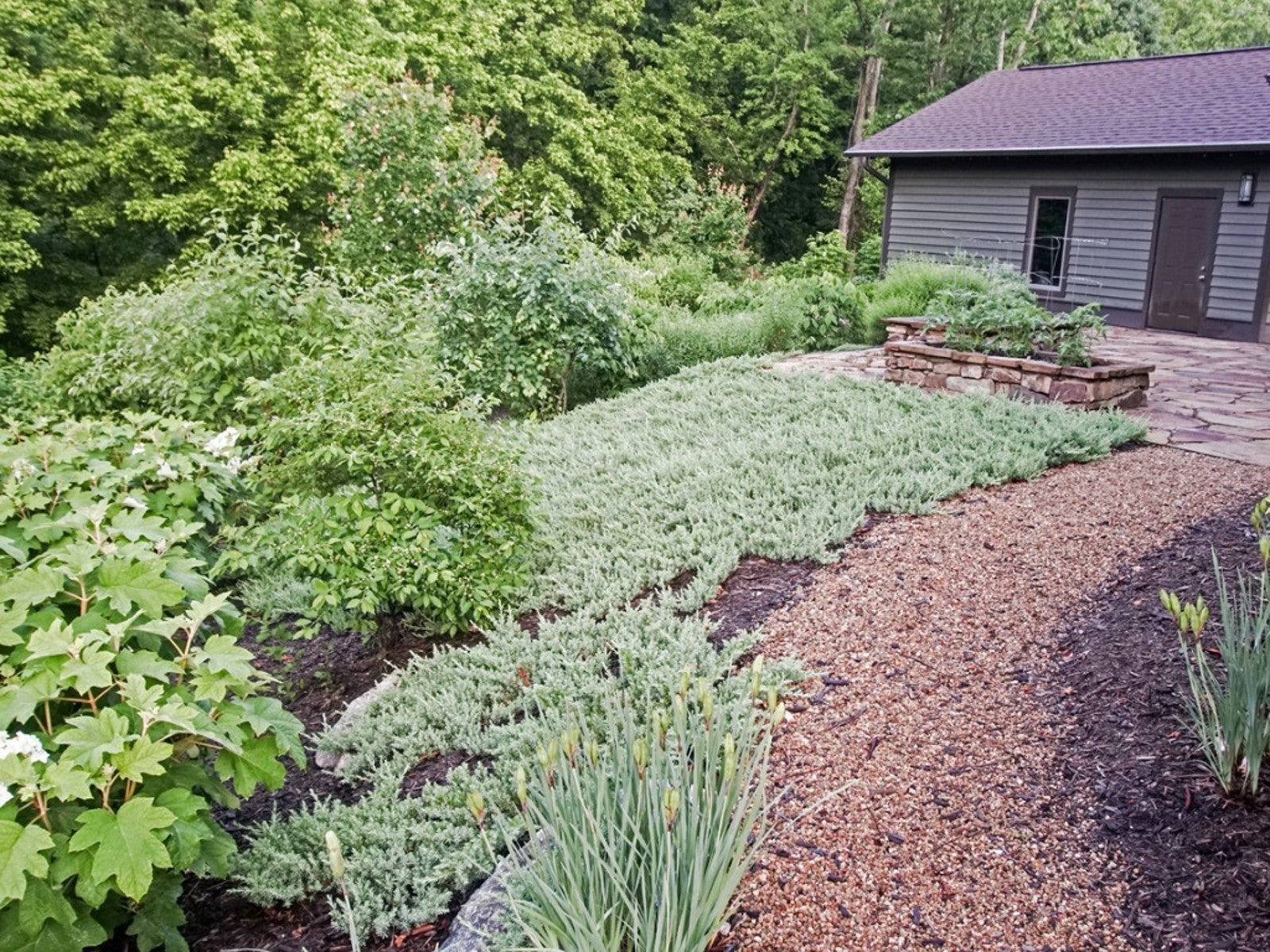

Many people know the struggle of trying to grow grass in a shady yard. Even so-called shade-tolerant varieties don’t always work. If this sounds like your efforts, consider a shade groundcover or other lawn alternatives that do well with minimal sunlight.
Why Choose Grass Alternatives?
Shade isn’t the only reason to choose lawn alternatives, although it’s a big one. When you try to grow grass in a shady area, you’re likely to end up with more dirt patches, moss, and weeds than grass. A shade garden just looks nicer.
There are other good reasons to ditch the grass and choose a back yard or front yard shade garden:
- You won’t spend as much time—or any at all if you replace the grass entirely—on mowing the lawn.
- Grass is a monoculture, in other words ecologically boring. By increasing a diversity of plants in place of grass, you support local wildlife, including pollinators.
- Choose native species for a shade garden, and you make an even bigger positive impact on the ecosystem.
- You will spend less money and fewer resources—like water—on grass alternatives for shade.
The Best Lawn Substitutes for Shade
No matter where you live, you should be able to find many good options for creating a shade garden in place of grass. Check with your local extension office for advice or visit a garden center to see what’s available. Here are some ideas to get you started:
- Groundcovers. This is a popular choice as an alternative to grass in shady areas. A groundcover is a low-growing plant that spreads readily and creates a carpet of foliage and often spring flowers. For shade try lily-of-the-valley, pachysandra, bugleweed, periwinkle, sweet woodruff, barrenwort, lungwort, Canadian wild ginger, heuchera, or low-growing hostas varieties.
- Ferns. Most ferns embrace shade and naturally grow in wooded areas. Choose a short fern for a groundcover effect or use several types for varying texture and color. Ostrich fern is a tall, attractive species. Japanese painted fern provides unique color and is relatively short. Unlike most types, autumn fern changes color with the seasons.
- Ornamental grasses. You may not be able to grow turf grass in shady spots, but some varieties of ornamental grass do better in these areas. As with ferns, you can find different heights and colors to create variety. Try most types of sedges, northern sea oats, Japanese forest grass, sweet flag, and fall blooming reed grass.
- Shade perennials. Another alternative to turf is a shade-loving bed. Pick perennials that tolerate partial to full shade. Good options include hostas, astilbe, bleeding heart, hellebore, rhododendron, and corydalis.
To get the most out of your shade garden, look for native species. They will require the least maintenance, won’t become invasive, and support wildlife.
Gardening tips, videos, info and more delivered right to your inbox!
Sign up for the Gardening Know How newsletter today and receive a free copy of our e-book "How to Grow Delicious Tomatoes".

Mary Ellen Ellis has been gardening for over 20 years. With degrees in Chemistry and Biology, Mary Ellen's specialties are flowers, native plants, and herbs.
-
 Looking For Plants To Give You The Soft And Fuzzies? Try These 5 Fuzzy Leaf Plant Options
Looking For Plants To Give You The Soft And Fuzzies? Try These 5 Fuzzy Leaf Plant OptionsLovers of texture, drama, silver foliage and tactile plants will adore these special sensory garden additions. These fuzzy leaf plant options will leave you all aglow
By Susan Albert
-
 Get Ready For A Summer Of Hummers! Grow These Full Sun Hummingbird Plants and Flowers
Get Ready For A Summer Of Hummers! Grow These Full Sun Hummingbird Plants and FlowersIf you’re lucky enough to enjoy a sunny backyard, make sure you are maxing out on your pollinator opportunities and grow these full sun hummingbird plants and flowers
By Tonya Barnett
-
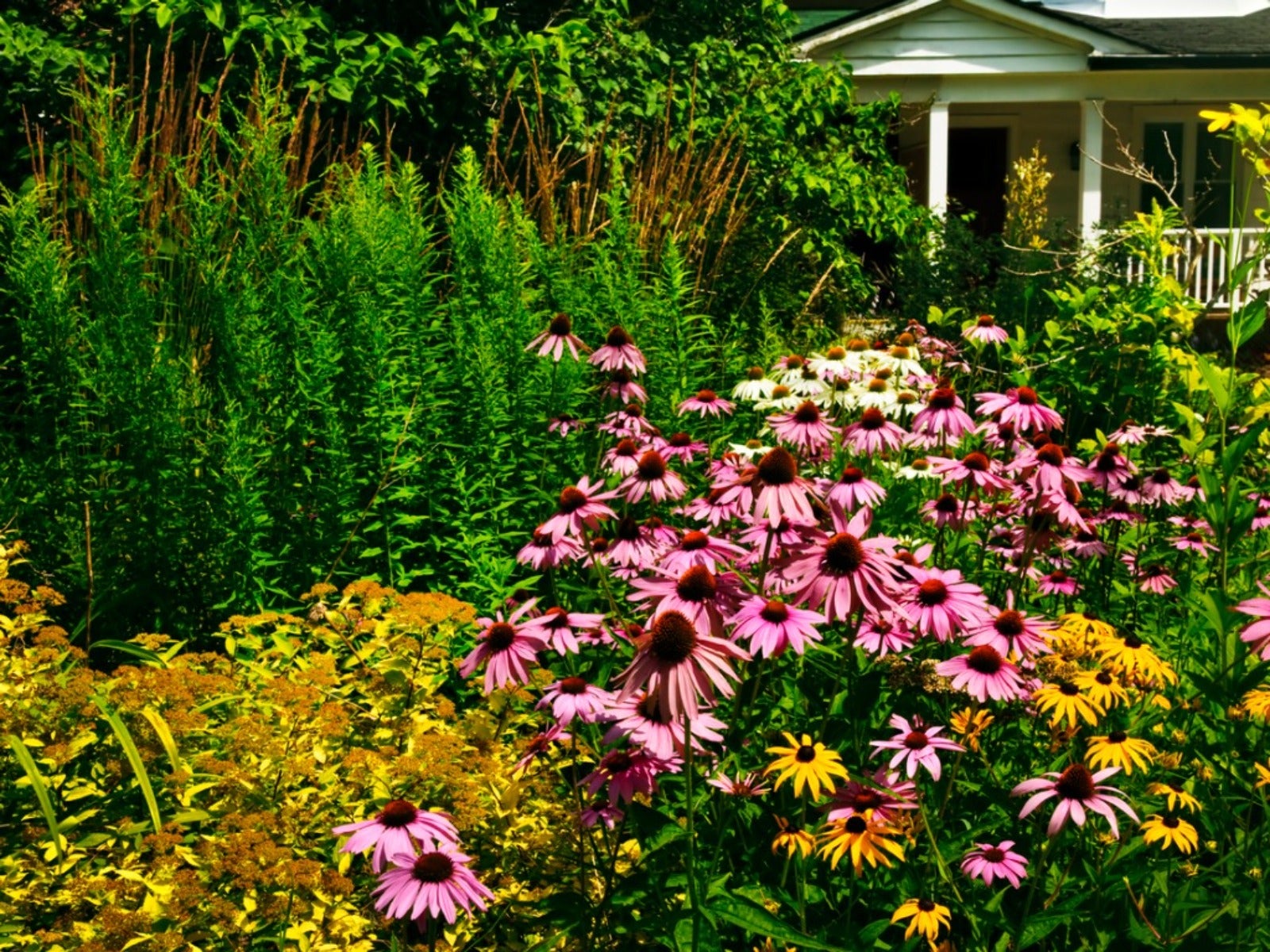 Why You Should Ditch The Grass And Grow A Prairie Lawn
Why You Should Ditch The Grass And Grow A Prairie LawnLearn why a prairie yard with native grasses is far more earth-friendly than a standard tuf-grass lawn.
By Mary Ellen Ellis
-
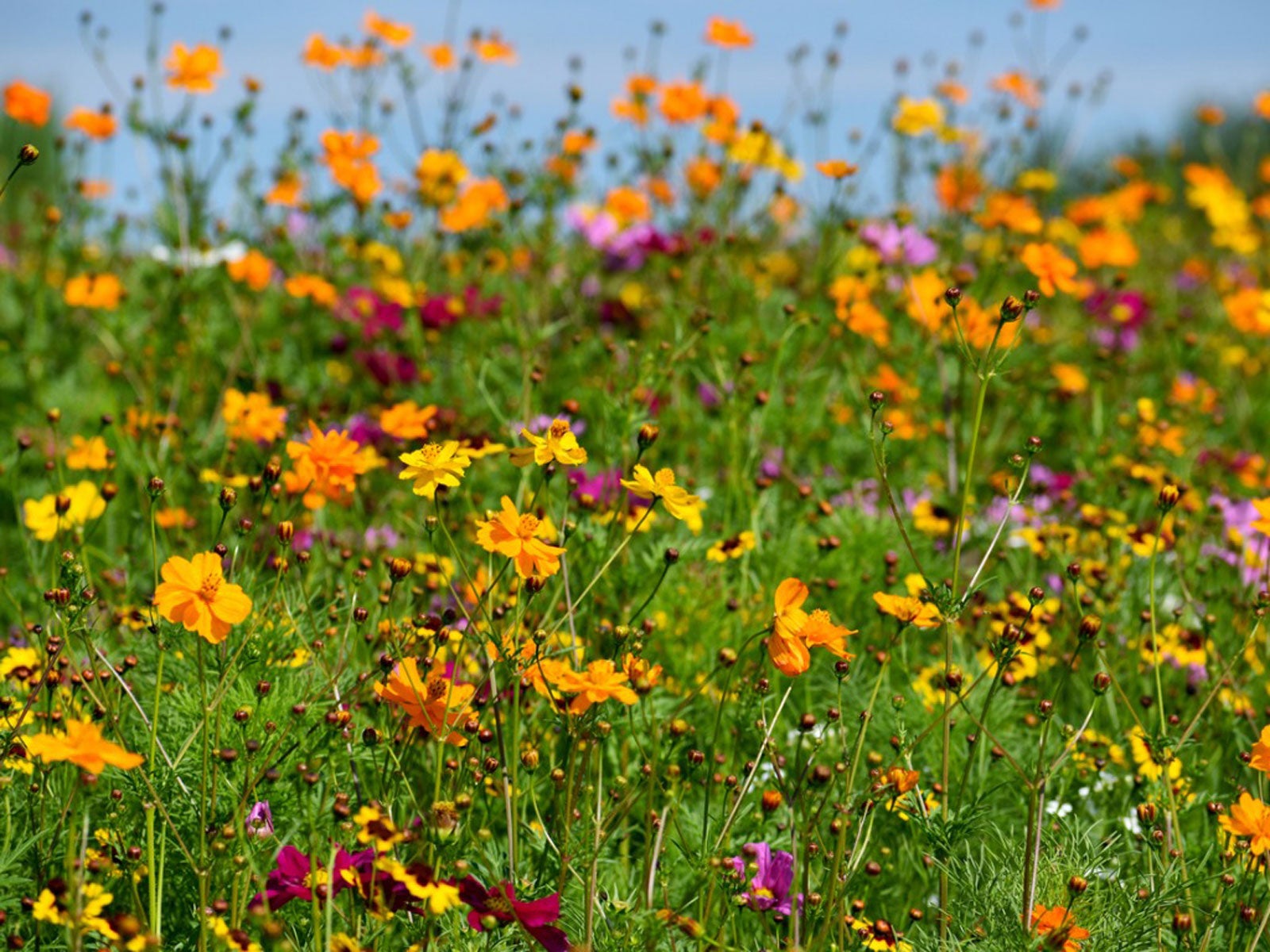 Wildlife Garden Turf: Creating Mini Meadows For Wildlife
Wildlife Garden Turf: Creating Mini Meadows For WildlifeThe appeal of a perfect, green lawn is strong, but more people are turning to wildlife-friendly alternatives. A wildflower meadow lawn is one option.
By Mary Ellen Ellis
-
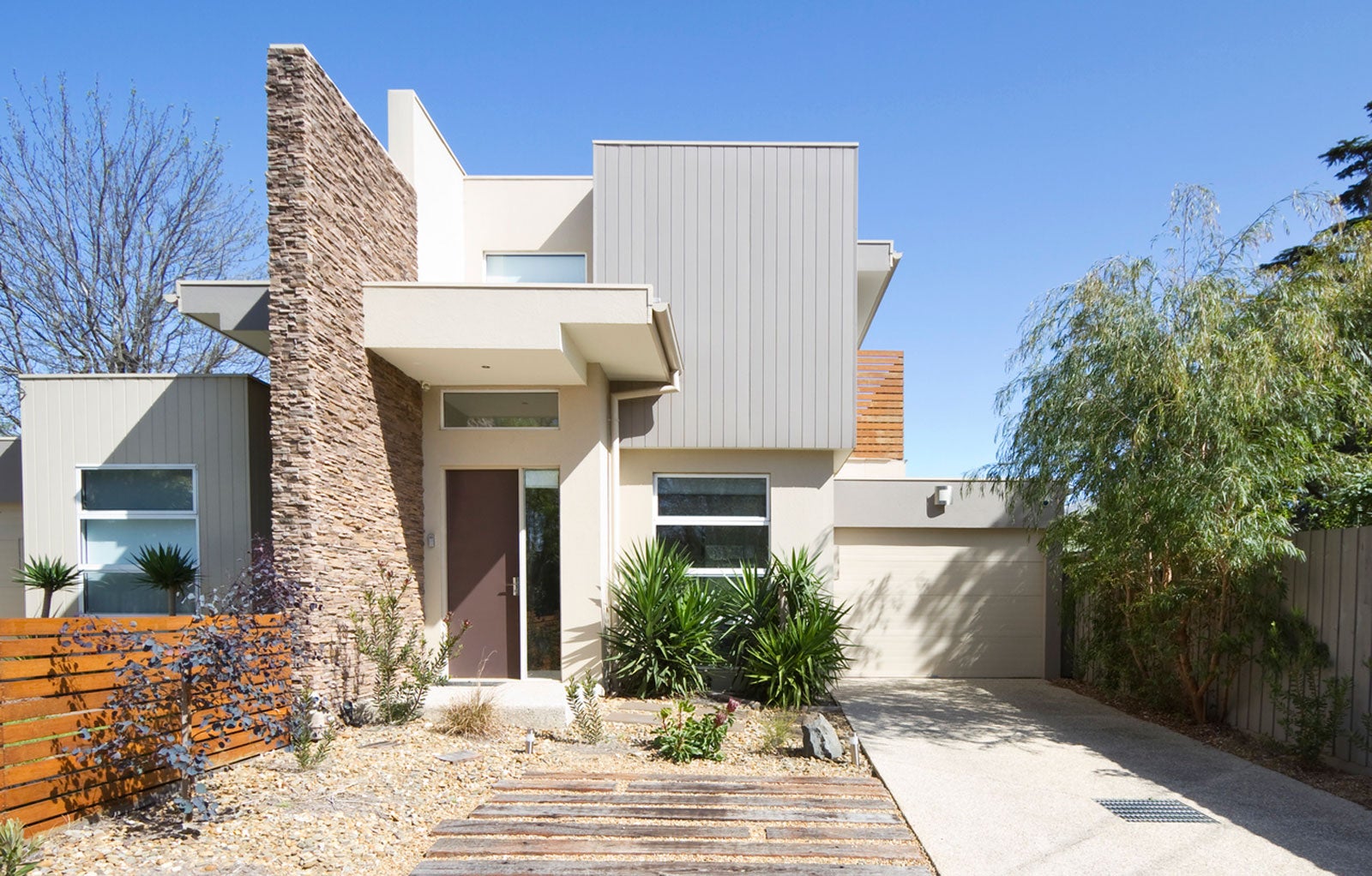 What Is Naturescaping – Tips For Planting A Native Lawn
What Is Naturescaping – Tips For Planting A Native LawnGrowing native plants instead of lawns can be better for the local environment and, ultimately, requires less maintenance, but it does require a big initial effort. A lot of work goes into removing existing turf and naturescaping an entirely new landscape. Learn more here.
By Mary Ellen Ellis
-
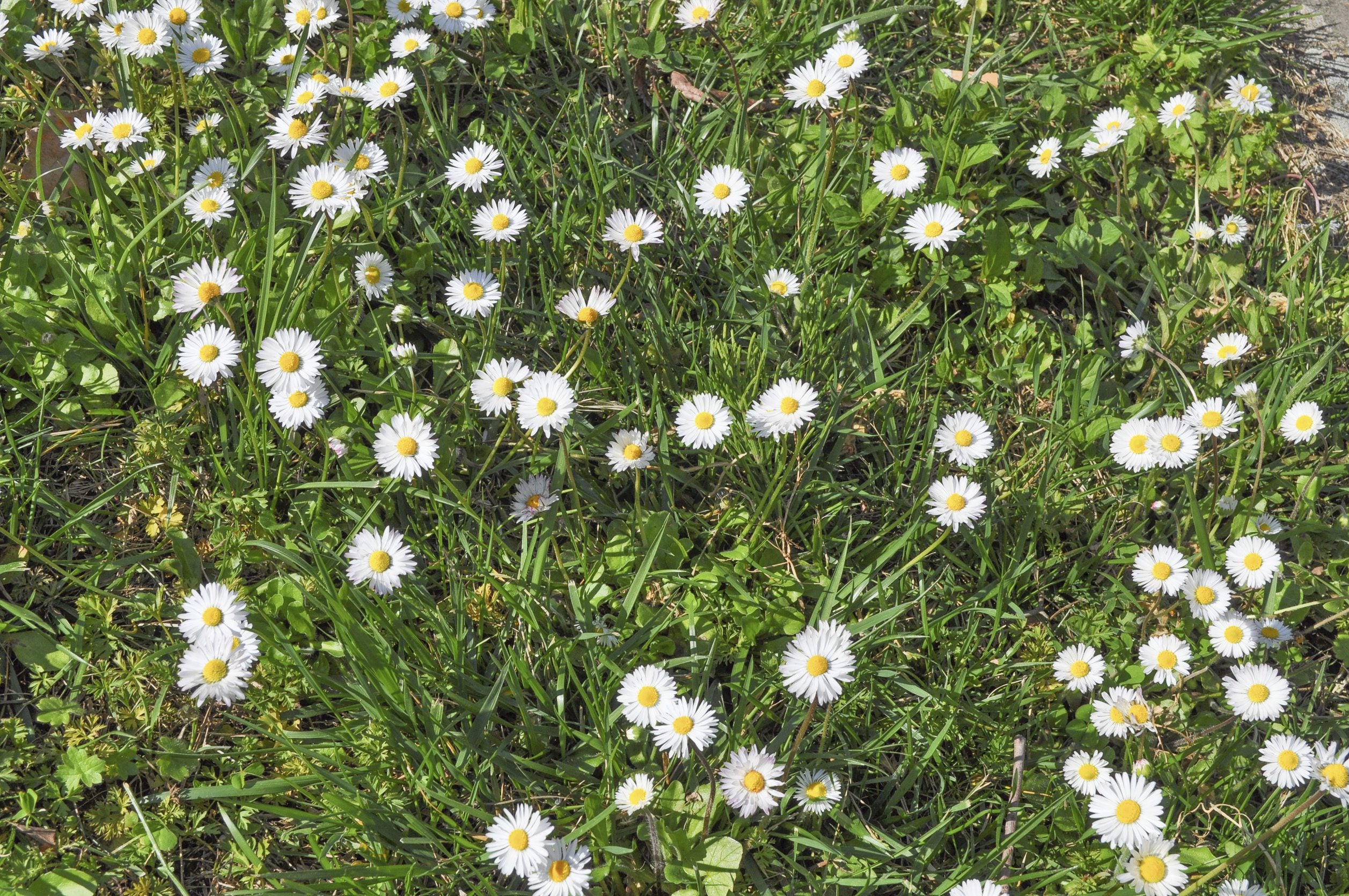 Wildflower Lawns: Tips On Growing Flowering Lawns
Wildflower Lawns: Tips On Growing Flowering LawnsMany people are looking for lawn alternatives to reduce watering, fertilizing, and mowing. Wildflower lawns are one option. This article has more information.
By Teo Spengler
-
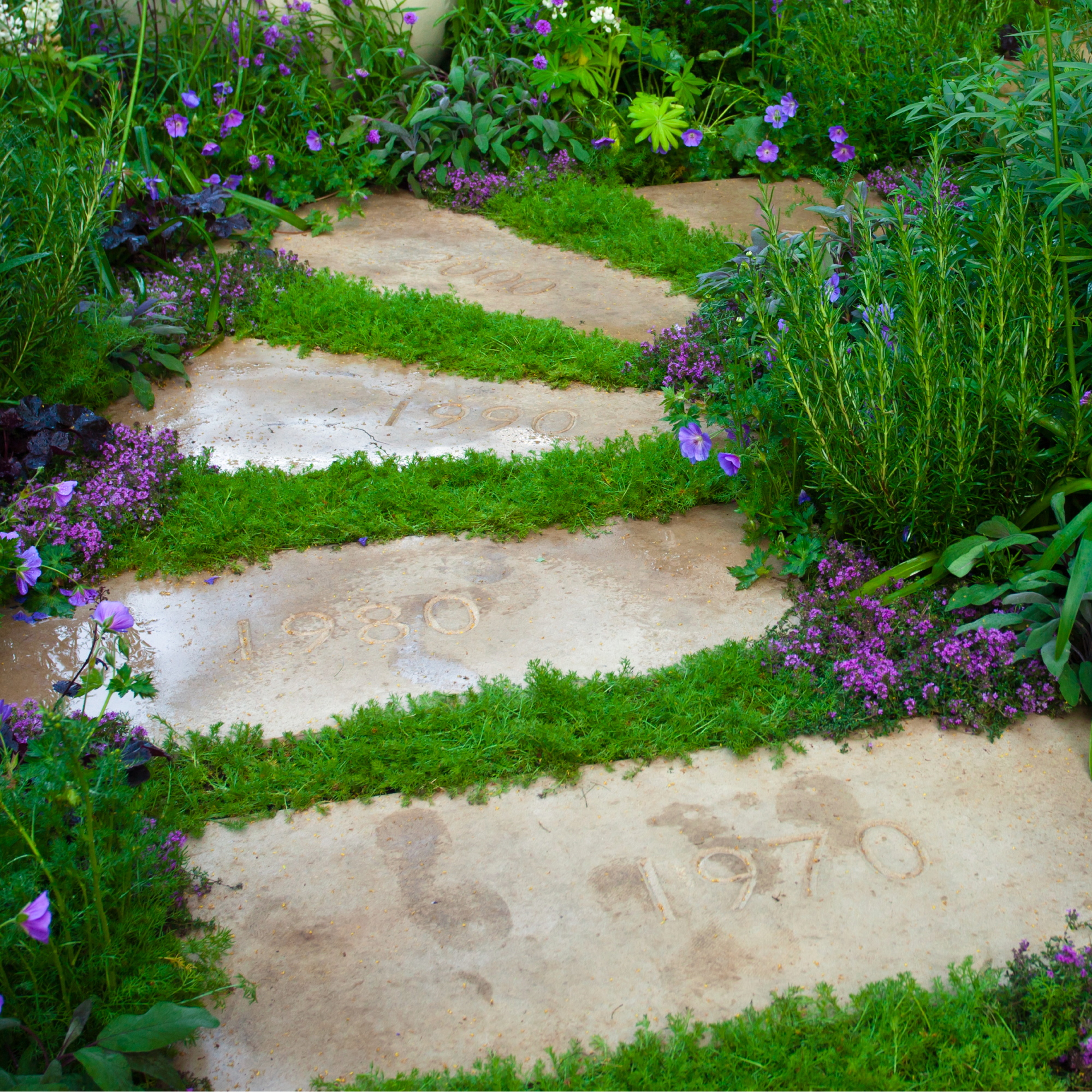 Best Steppable Plants: Learn About Plants That Can Be Walked On
Best Steppable Plants: Learn About Plants That Can Be Walked OnWhat are walkable plants? They're plants that can safely be walked on. Walkable plants are often used as lawn replacements because they are tough, drought-tolerant, and require very little maintenance. Learn more about them in this article.
By Mary H. Dyer
-
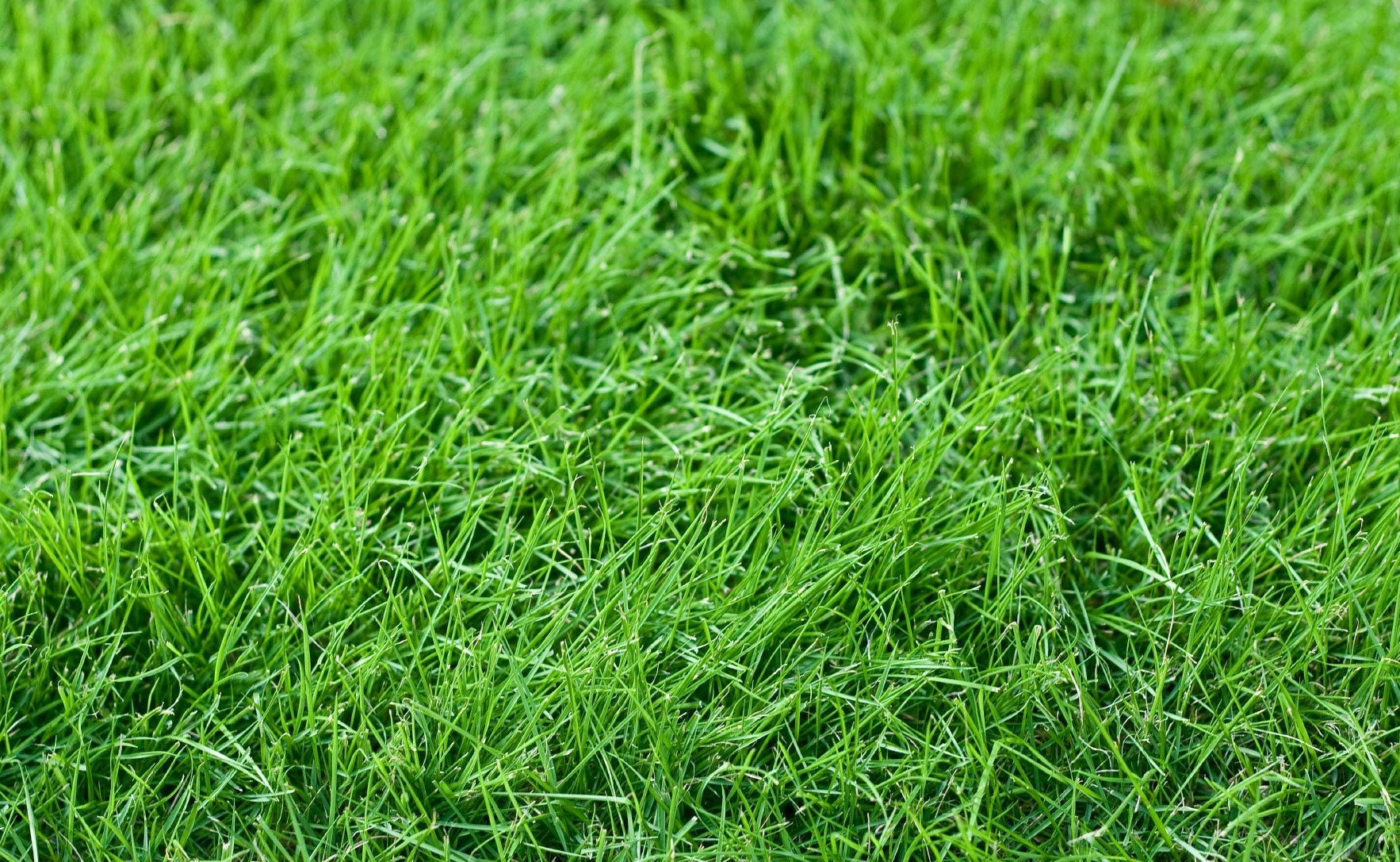 What Is A No-Mow Lawn: Tips For Creating A No-Mow Lawn
What Is A No-Mow Lawn: Tips For Creating A No-Mow LawnOne of the chores that the homeowner must do is mow the lawn. This tedious task helps form a healthy and beautiful turf but is time consuming. A perfect solution is a no mow lawn. What is a no mow lawn? Find out in this article.
By Bonnie L. Grant
-
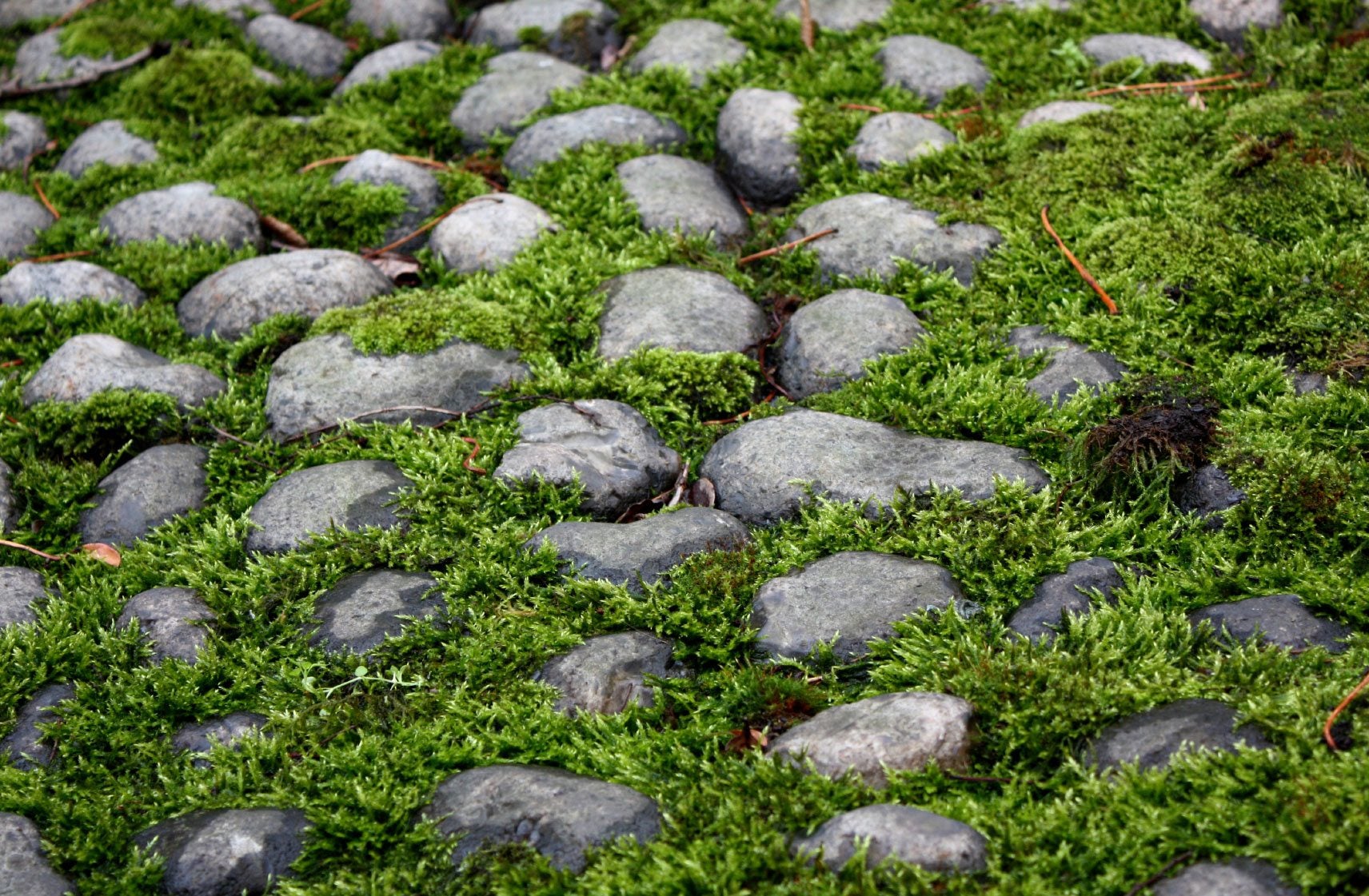 Alternatives To Grass: Learn About Lawn Alternatives In Cold Climates
Alternatives To Grass: Learn About Lawn Alternatives In Cold ClimatesGround covers and other lawn alternatives in cold climates are easier to care for and more environmentally friendly than traditional lawns. Read on to find out about cold area grass alternatives that are easy on your budget and your time.
By Jackie Carroll
-
 Lawn Alternative Plants For The South: Alternative Lawn Ideas In Warm Climates
Lawn Alternative Plants For The South: Alternative Lawn Ideas In Warm ClimatesAre you tired of all the work that goes into maintaining a nice lawn? And what about those hot climates? No one enjoys having to manage lawns when it's hot and sticky. Check out some of the warm area grass alternatives in this article.
By Jackie Carroll